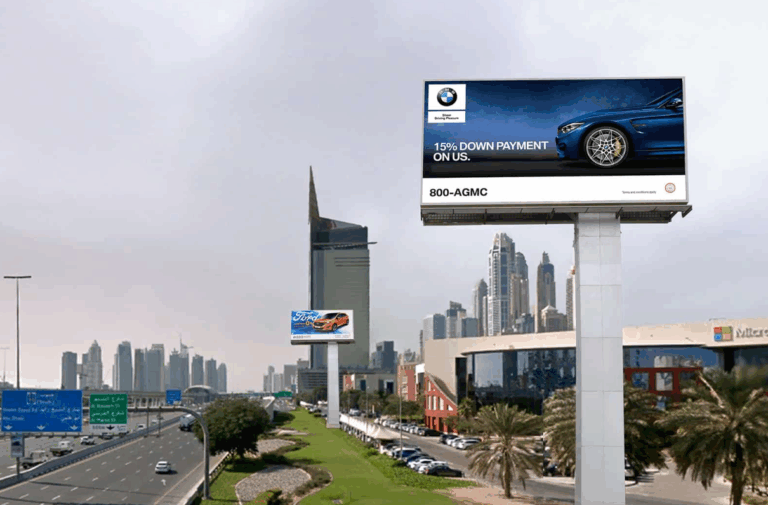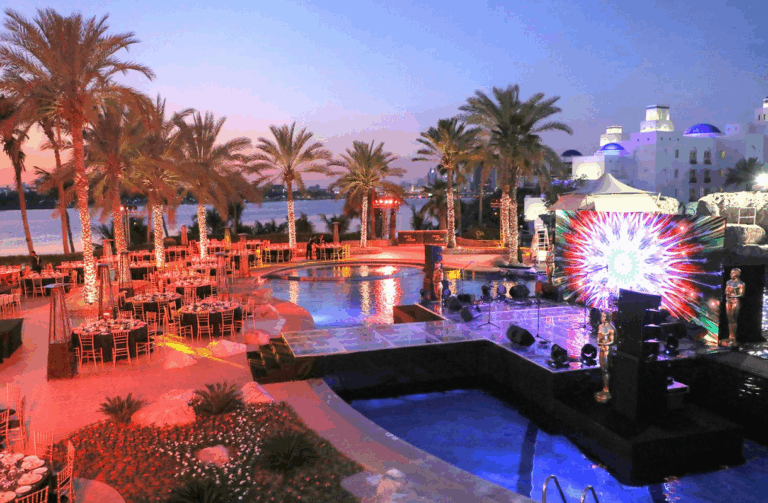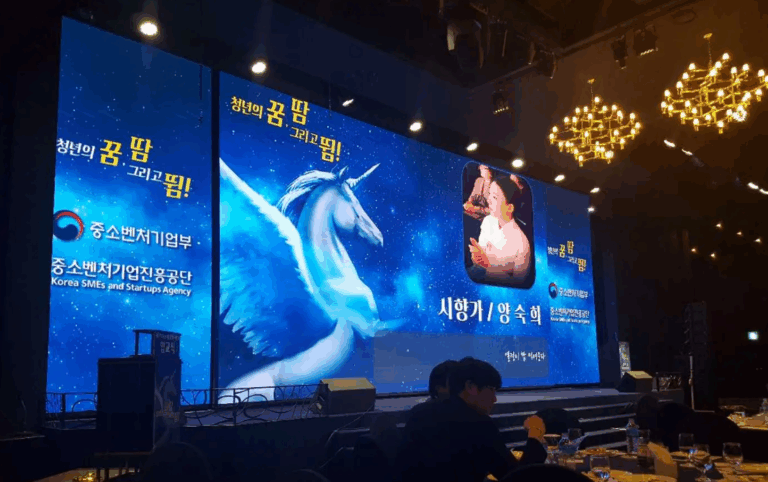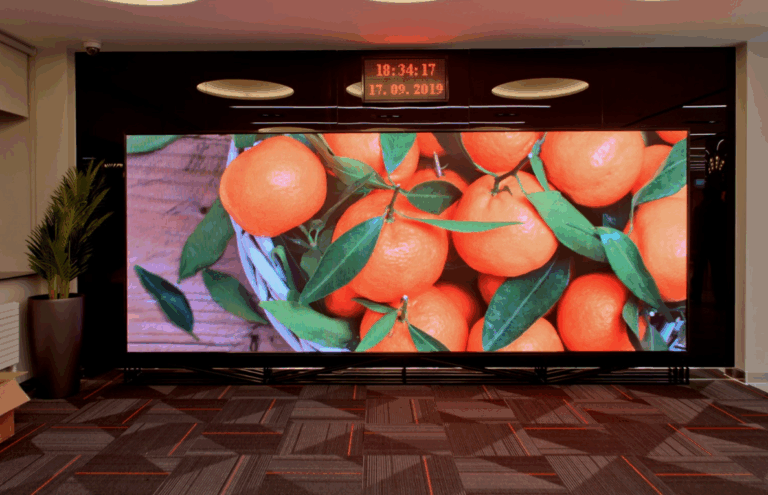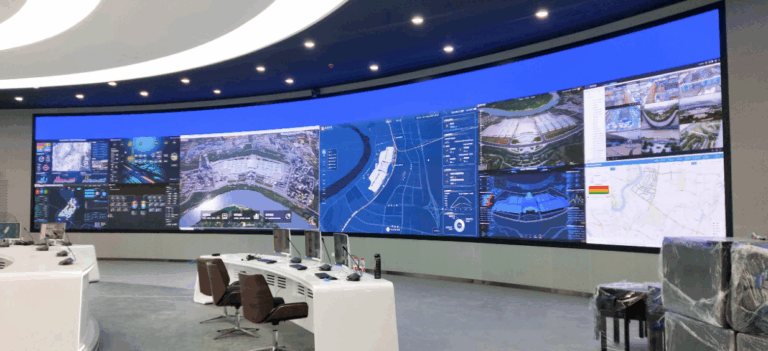Table of Contents
- Basics of Mini LED Technology
- Features
- Use Cases
- Mini LED Pricing
- Conclusion
Mini LED technology represents an advanced form of LED (Light Emitting Diode) display technology. It uses significantly smaller LEDs, typically less than 0.2mm in size, for backlighting displays. This allows for more LEDs to be placed in the same space, thereby enhancing brightness, contrast, and overall display quality. Value and Price of LED Backlight Window Displays.
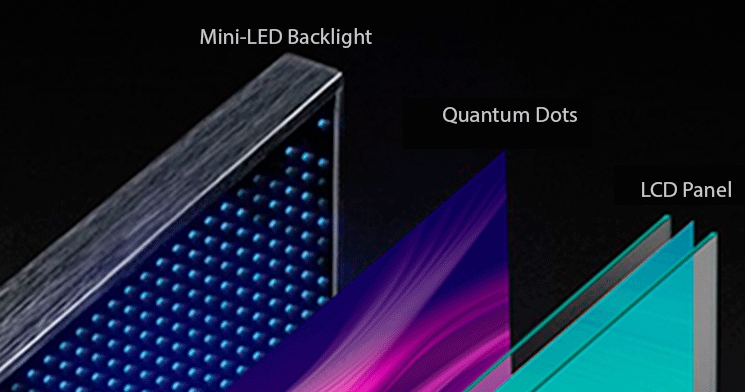
1. Basics of Mini LED Technology
- LED Size: Mini LEDs are much smaller than traditional LEDs, enabling higher density and more precise control over display illumination.
- Backlighting: Mini LEDs are used in the backlight layer of LCD (Liquid Crystal Display) panels, providing more local dimming zones. This means better control over the brightness and darkness in specific areas of the screen. Seven Differences Between LED and LCD Panels.
- Contrast: With more dimming zones, Mini LED displays offer higher contrast, presenting deeper blacks and brighter whites.
- Color Accuracy: Enhanced control over individual areas allows for more accurate color reproduction.
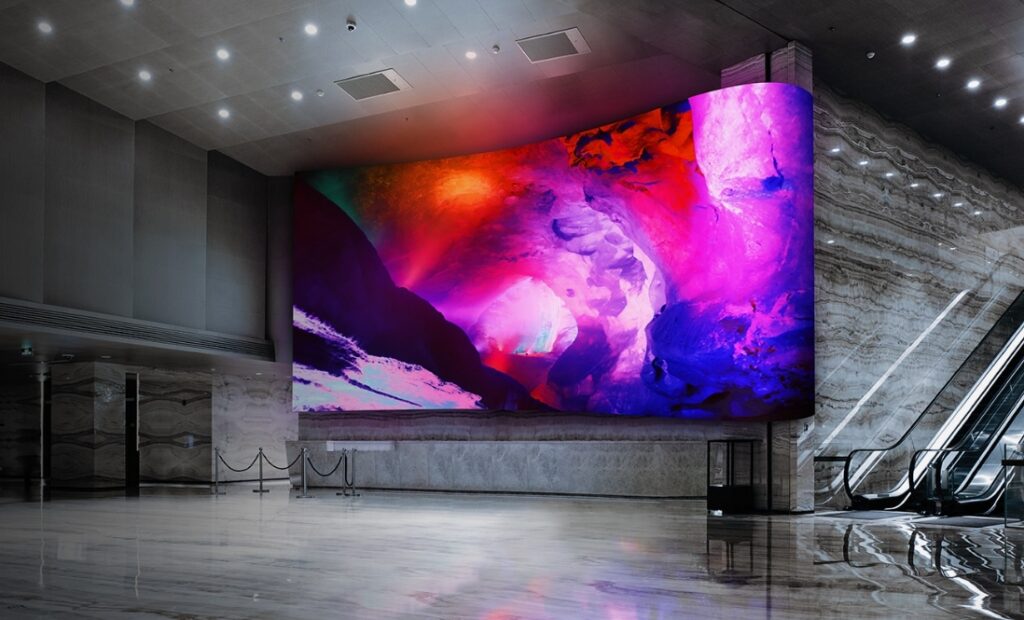
2. Features
- High Brightness and Contrast: Due to their small size, Mini LEDs can be packed more densely, offering higher brightness and contrast.
- Strong Color Performance: Mini LED displays can show richer colors, providing finer image quality.
- Fast Response Time: The response time of LEDs is very fast, making Mini LED displays almost free of motion blur when displaying dynamic content.
- Long Lifespan: LEDs generally have a long lifespan, and Mini LEDs are no exception, meaning the displays can last a long time without needing replacement.
- High Customizability: Mini LEDs can be designed in various shapes and sizes to meet different application needs.
- Slim Design: Mini LEDs allow for thinner and lighter displays, which are ideal for modern and sleek designs.
- Energy Efficiency: Despite the increased number of LEDs, Mini LED technology is more energy-efficient due to precise control over each LED’s power consumption.
3. Use Cases
- High-End TVs and Monitors: Offering a home theater-quality visual experience.
- Commercial Billboards: Capturing attention in high-traffic areas like malls and airports.
- Control Rooms and Monitoring Centers: Providing high-definition and reliable display solutions.
- Stages and Events: Delivering dynamic and engaging visual effects for performances and events.
4. Mini LED Pricing
- Initial Cost: Due to the complexity of manufacturing and the higher number of LEDs used, Mini LED displays are generally more expensive than traditional LED and LCD displays.
- Cost-Effectiveness: Despite the higher initial cost, Mini LED displays offer better performance and longer lifespans, potentially reducing long-term costs.
- Market Trends: As the technology becomes more widespread and production scales up, the price of Mini LED displays is expected to decrease, making them more affordable.
The specific price of Mini LED displays varies depending on many factors, so it is difficult to give an accurate number. However, I can provide a rough price range and influencing factors.
TVs and Monitors:
Small size (e.g. 24-32 inches): Approximately between $500 and $1,500.
Medium size (e.g. 43-55 inches): Approximately between $1,500 and $4,000.
Large size (e.g. 65 inches and above): Approximately above $4,000, and may even reach $10,000 or more.
Commercial displays (e.g. billboards, digital signage):
Small displays (e.g. small indoor screens): approximately $1,500 to $3,000 per square meter.
Medium displays: approximately $3,000 to $5,000 per square meter.
Large displays (e.g. large outdoor screens): prices may be higher, even reaching more than $5,000 per square meter.
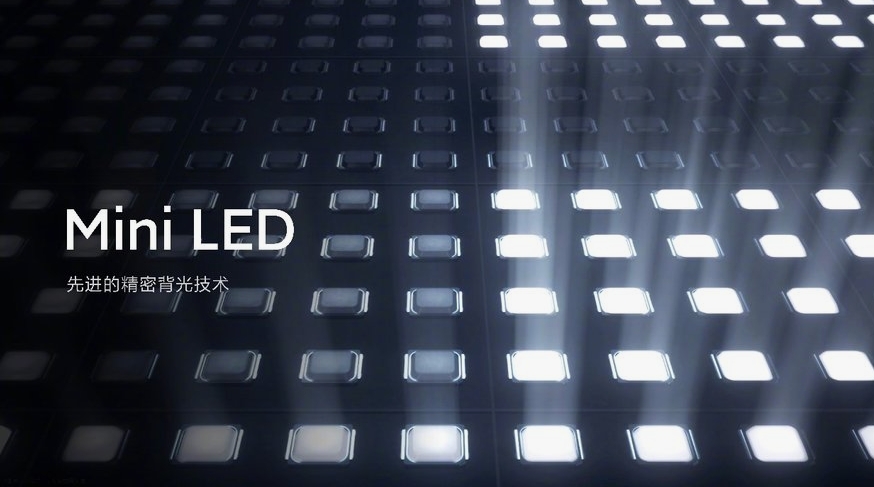
5. Conclusion
Mini LED is a high-end display technology that provides superior image quality and performance by using smaller LEDs. Although the current price is relatively high, it offers significant advantages in the high-end market and professional fields. As the technology matures and costs decrease, Mini LED is expected to become a more widespread display technology in the future.

